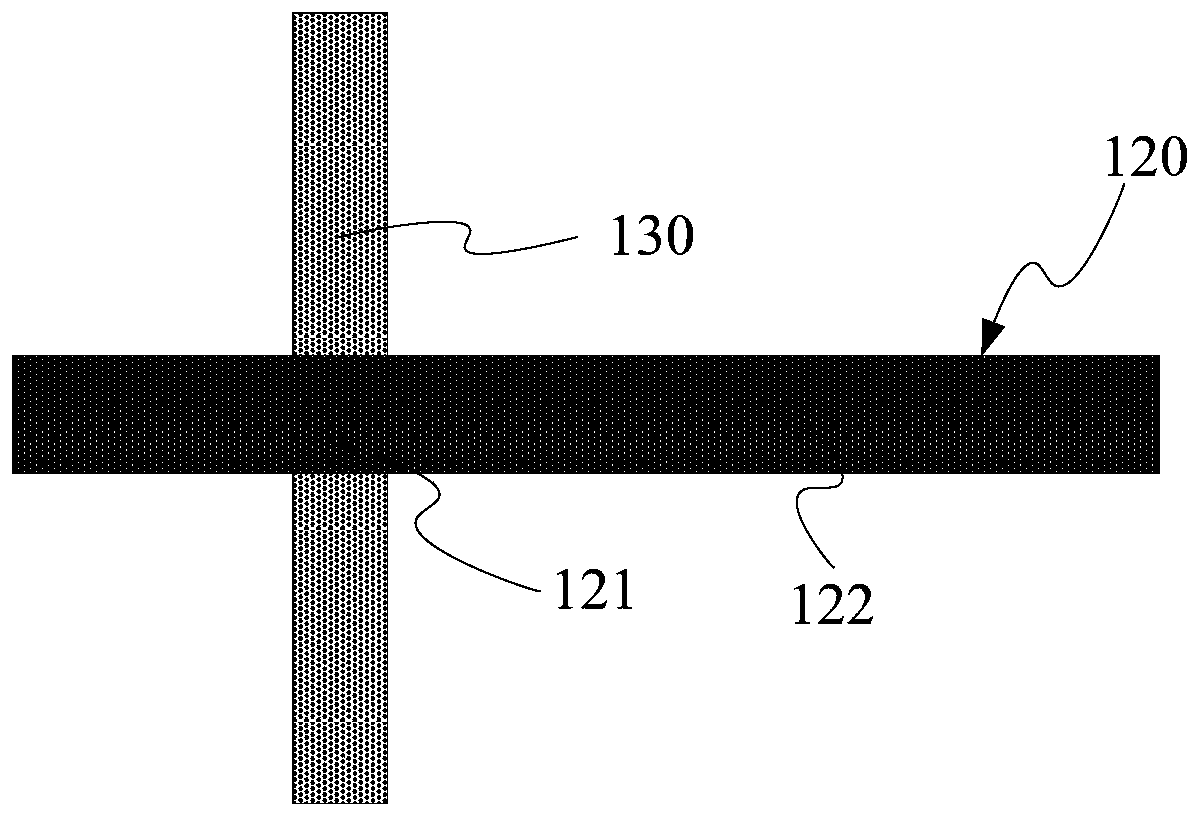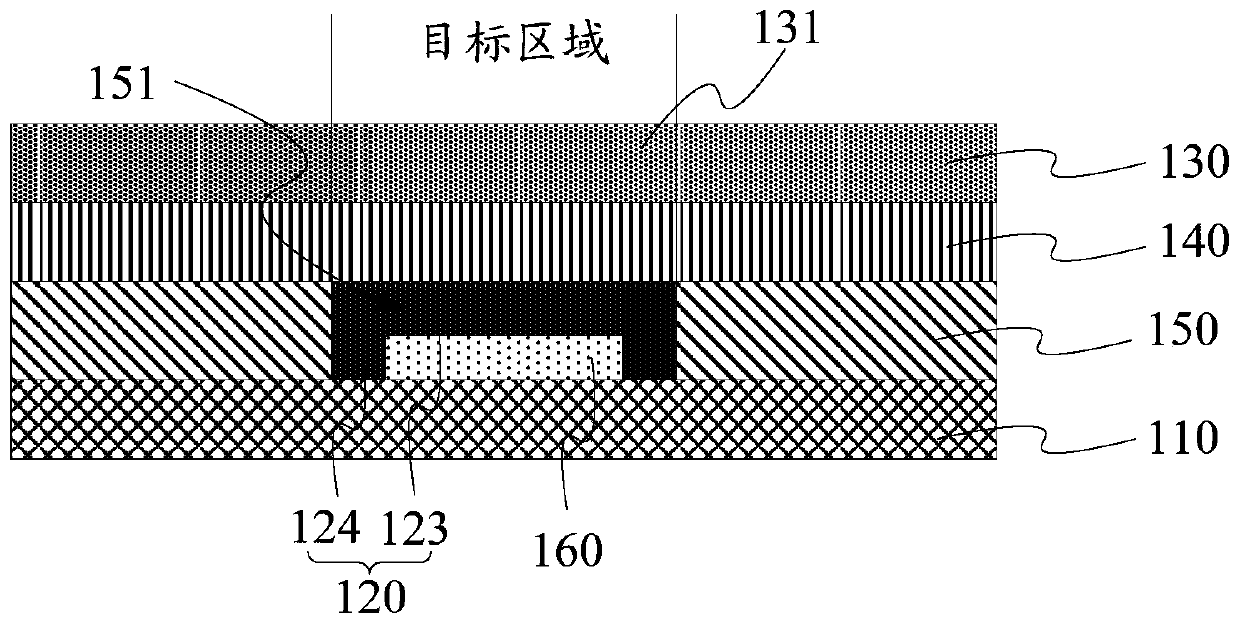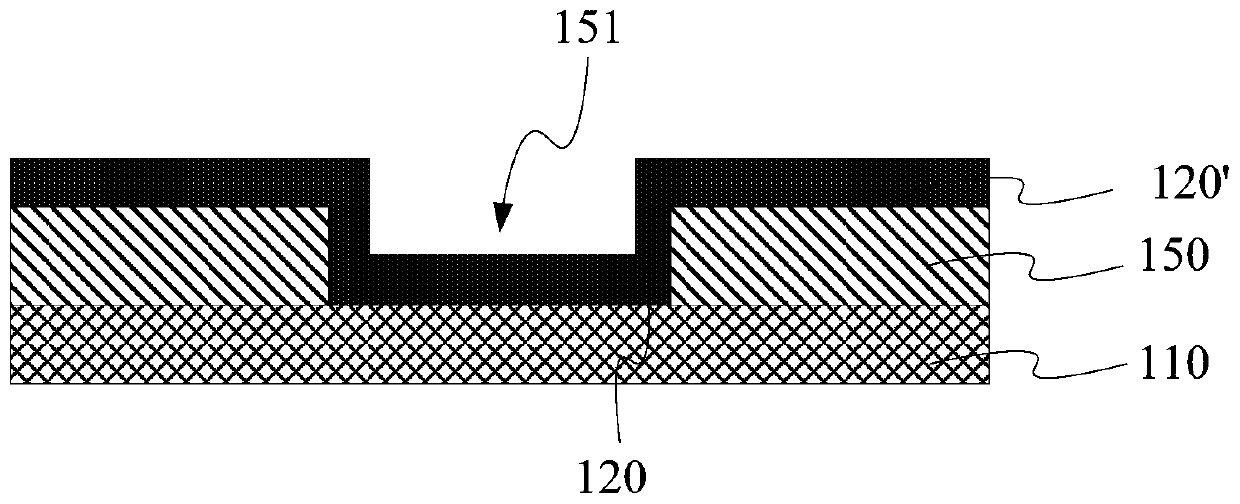Display substrate, manufacturing method thereof and display device
A technology for displaying substrates and manufacturing methods, which is applied in the fields of mechanically removing conductive materials, manufacturing printed circuits, manufacturing semiconductors/solid-state devices, etc. It can solve problems such as DGS, electrostatic breakdown, and display abnormalities, and improve reliability , to avoid the effect of short circuit
- Summary
- Abstract
- Description
- Claims
- Application Information
AI Technical Summary
Problems solved by technology
Method used
Image
Examples
Embodiment Construction
[0037] The following will clearly and completely describe the technical solutions in the embodiments of the present invention with reference to the accompanying drawings in the embodiments of the present invention. Obviously, the described embodiments are some of the embodiments of the present invention, but not all of them. Based on the embodiments of the present invention, all other embodiments obtained by persons of ordinary skill in the art without creative efforts fall within the protection scope of the present invention.
[0038] An embodiment of the present invention provides a display substrate, such as figure 1 and figure 2 As shown, it includes a first conductive trace 120 extending along a first direction on the base substrate 110, a second conductive trace 130 extending along a second direction, and a first conductive trace 120 and a second conductive trace 130. The insulating layer 140 between the two conductive traces 130; the first conductive trace 120 and the...
PUM
 Login to View More
Login to View More Abstract
Description
Claims
Application Information
 Login to View More
Login to View More - R&D
- Intellectual Property
- Life Sciences
- Materials
- Tech Scout
- Unparalleled Data Quality
- Higher Quality Content
- 60% Fewer Hallucinations
Browse by: Latest US Patents, China's latest patents, Technical Efficacy Thesaurus, Application Domain, Technology Topic, Popular Technical Reports.
© 2025 PatSnap. All rights reserved.Legal|Privacy policy|Modern Slavery Act Transparency Statement|Sitemap|About US| Contact US: help@patsnap.com



